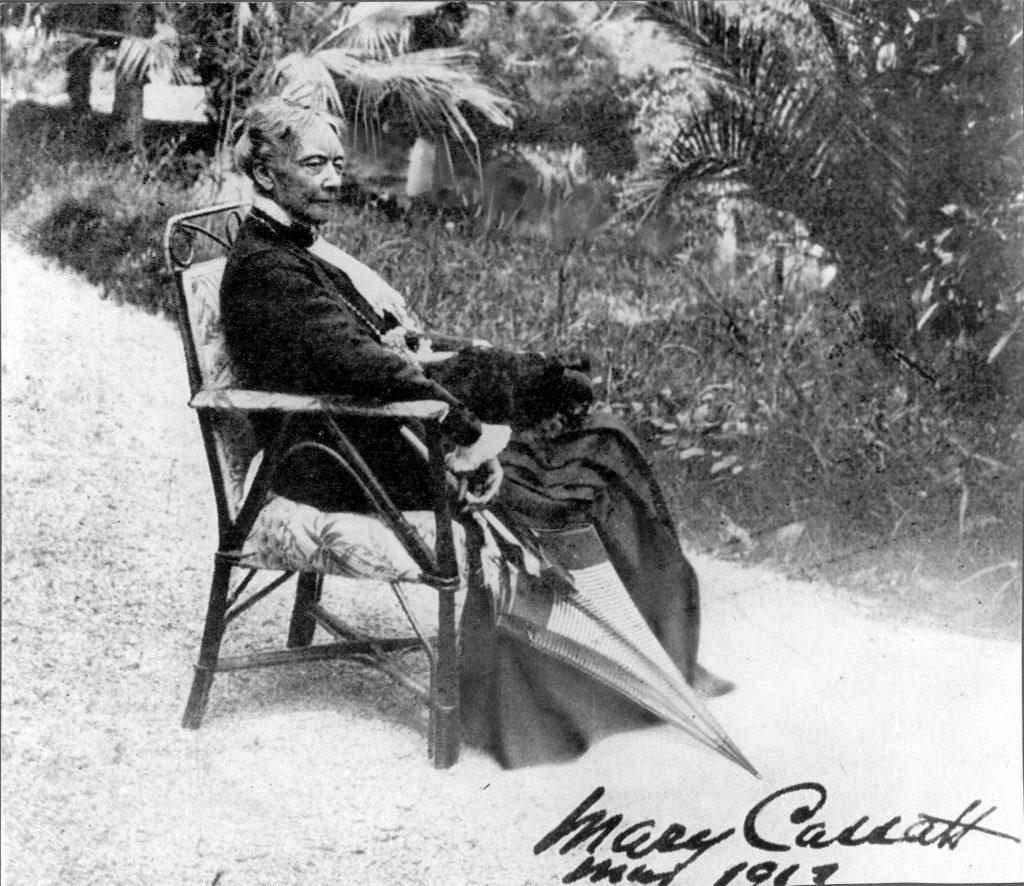
“Mary Cassatt: An American Artist Who Thrived in Paris”

# Mary Cassatt: The American Impressionist Who Bridged Two Worlds
Mary Cassatt is one of the most celebrated figures in Impressionist art, yet many mistakenly assume she was French. While she spent most of her life in Paris and was deeply involved in the French art scene alongside Renoir, Monet, and Degas, Cassatt was an American to her core. Her work, life, and legacy reflect a transatlantic identity that shaped both American and European art history.
Ruth E. Iskin’s upcoming book, *Mary Cassatt Between Paris and New York: The Making of a Transatlantic Legacy*, delves into Cassatt’s unique position—a woman artist navigating two contrasting artistic landscapes while maintaining strong ties to her American heritage. This article explores Cassatt’s journey, influences, and impact as both an Impressionist and a cultural ambassador.
## An American in Paris
Born in Pittsburgh in 1844, Mary Cassatt exhibited an independent spirit from a young age. At a time when few women pursued professional careers in art, Cassatt defied expectations by traveling to Europe in her early twenties to study painting. Paris, the epicenter of the modern art movement, offered her opportunities that were nearly impossible to find in America.
Cassatt made history when she became the only American to ever exhibit with the Impressionists. She became closely associated with Edgar Degas, who admired her skill and invited her to participate in their groundbreaking exhibitions. Despite being referred to as his protégé by some, Iskin argues that Cassatt was his equal—a fiercely independent artist who carved her own path.
## A Champion for Women and Art
Cassatt was not just an artist; she was an advocate for women’s rights and an influencer in the art world. She was deeply involved in the American suffrage movement, supporting women’s voting rights from France. Her artwork often emphasized female strength, depicting mothers, daughters, and professional women with dignity and intellect.
Her friendship with New York art collector Louisine Havemeyer was particularly significant. Cassatt played a pivotal role in shaping Havemeyer’s collection, which became a cornerstone of the Metropolitan Museum of Art. More than just an advisor on art, Cassatt encouraged Havemeyer to become an outspoken activist for women’s rights. Under Cassatt’s guidance, Havemeyer used her influence to support the suffrage movement, cofounding the National Women’s Party.
## The Nuanced Legacy of Mary Cassatt
Despite her success, Cassatt’s legacy has often been oversimplified. She is widely remembered for her tender portrayals of motherhood, yet Iskin argues that her work contained a sophisticated cosmopolitanism often overlooked. Cassatt was deeply engaged with modernist techniques and drew influence from Japanese prints, which set her apart even within the Impressionist movement.
Her self-portraits reflect a different side of her identity. An 1878 self-portrait, just before her first Impressionist exhibition, portrays her as a confident, worldly figure—not a domestic painter, but a modern woman making her mark in a male-dominated art world.
## An Artist Who Bridged Continents
Cassatt’s career not only changed the perception of women artists but also connected European modernism with American collectors and institutions. She never abandoned her American roots, stating outright: *“I am an American, clearly and frankly American.”* As a result of her efforts, many Impressionist masterpieces now reside in American museums, thanks to her ability to guide and influence major collectors.
Through her artistry, advocacy, and intellect, Mary Cassatt was more than just an Impressionist—she was a transatlantic force in both art and politics. Iskin’s book reinvigorates our understanding of Cassatt, presenting her as a pioneer who used her brush and influence to shape the future of art on both sides of the Atlantic.